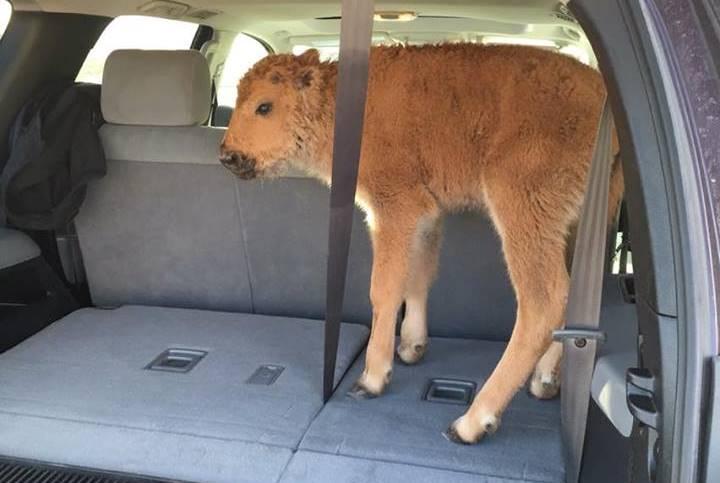A bison calf was taken from its habitat by two tourists out of concern for its life on May 9.
The tourists thought the calf was freezing and would die, so they put it in their SUV and drove it to park rangers.
The rangers took the bison and fined the tourists.
Despite repeated attempts to reintroduce the calf to the herd, the herd rejected it and the calf was euthanized “because it was abandoned and causing a dangerous situation by continually approaching people and cars along the roadway,” the National Park Service (NPS) said on May 16.
“Interference by people can cause mothers to reject their offspring.”





